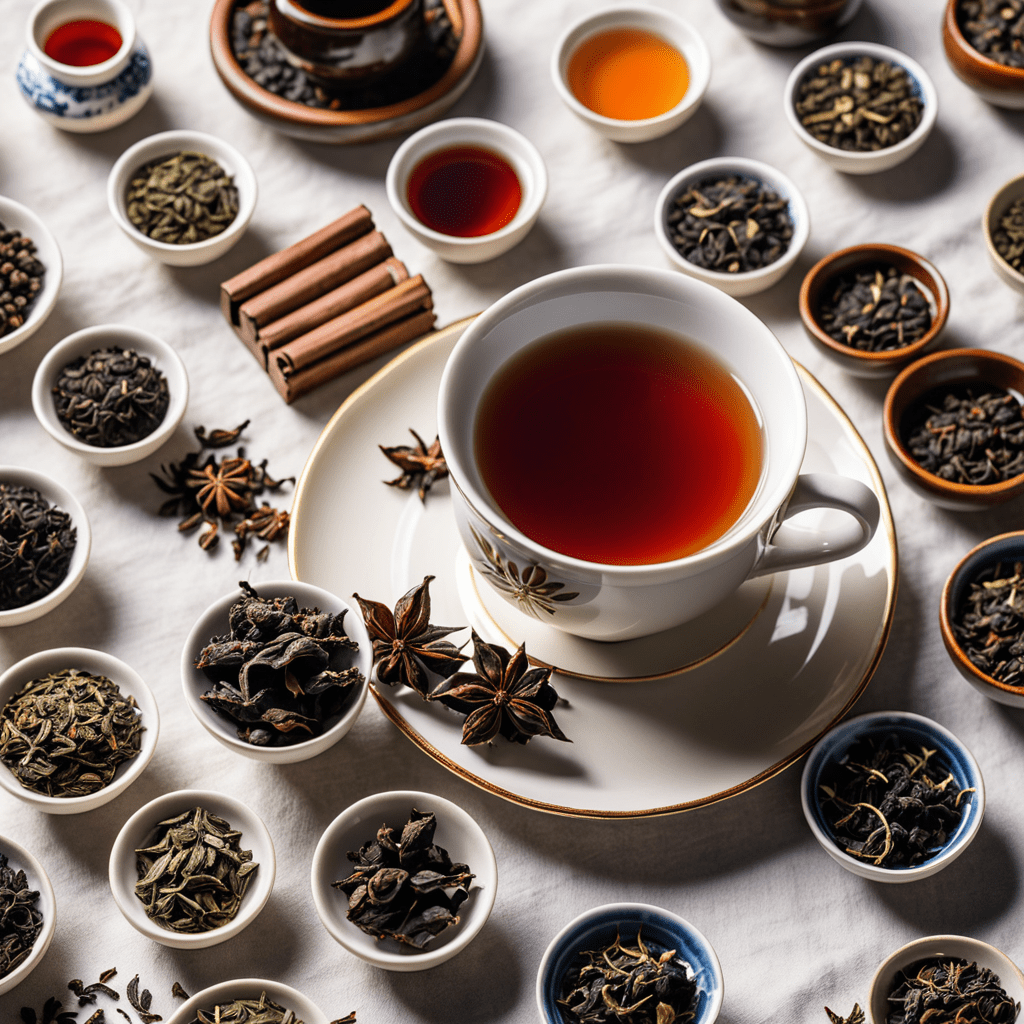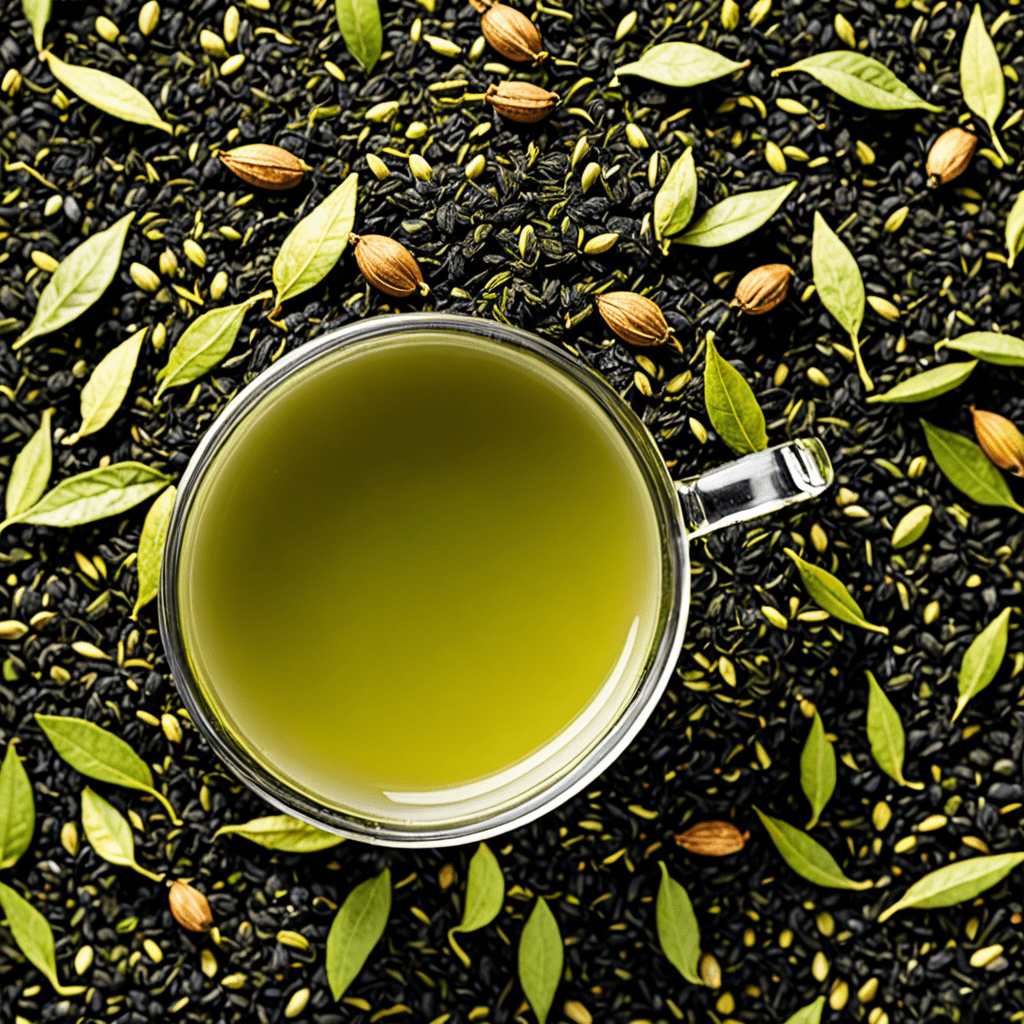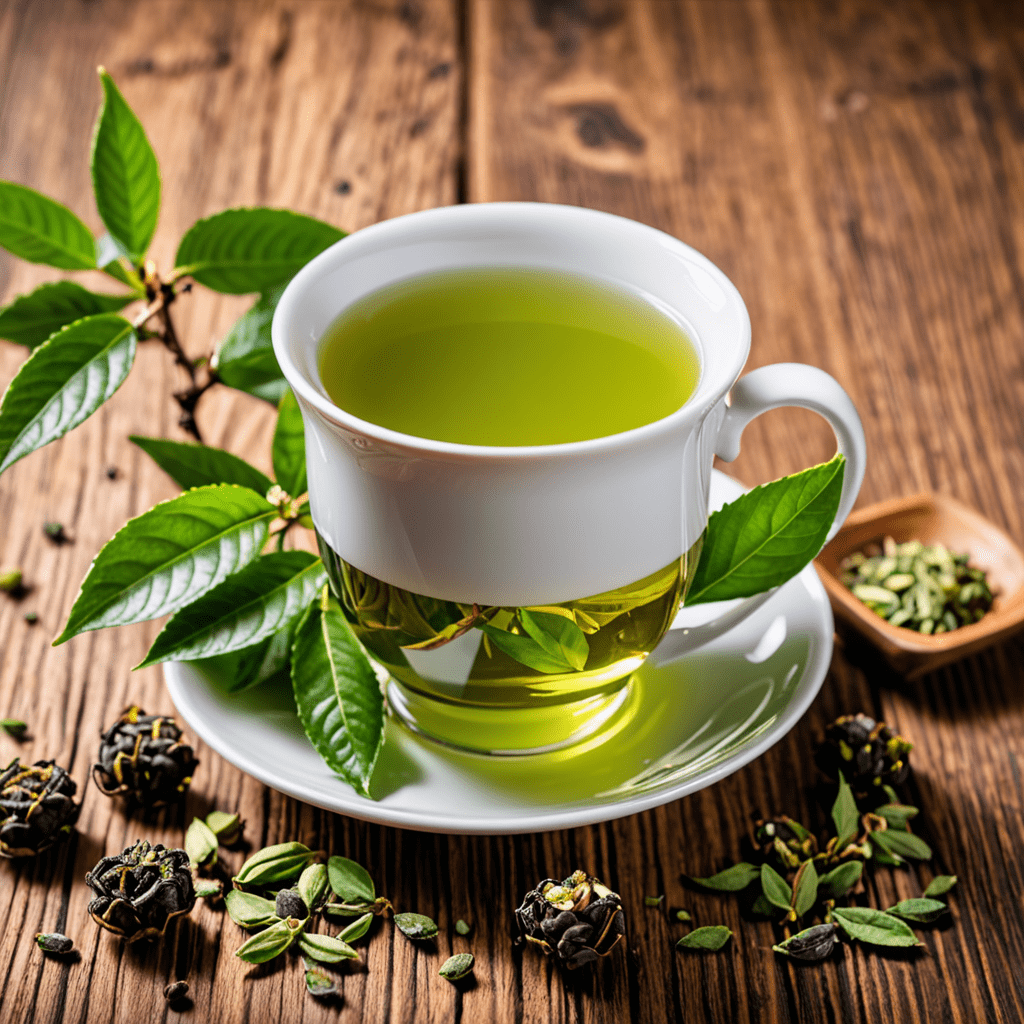Pu-erh Tea: The Art of Tea Aging and Meditation
Introduction to Pu-erh Tea
Pu-erh tea, a beloved fermented tea originating from the Yunnan province in China, has gained popularity worldwide for its unique flavor profiles and potential health benefits. Unlike other teas that lose their freshness over time, Pu-erh tea actually improves with age, leading to a fascinating exploration of the art of tea aging and the depth of flavor that develops over time.
Understanding the Fermentation Process
The distinctiveness of Pu-erh tea lies in its fermentation process. Traditional Pu-erh undergoes microbial fermentation after the leaves have been dried and rolled. This natural aging process gives the tea its earthy, mellow flavor and smooth texture. As Pu-erh ages, its flavor profile evolves, making each cup a journey through time and taste.
The Benefits of Tea Aging
Tea aging is not just about taste; it also enhances the potential health benefits of Pu-erh tea. The aging process allows the tea leaves to undergo further oxidation and fermentation, resulting in an increase in certain antioxidants and polyphenols that may promote overall well-being and digestion.
The Ritual of Tea Meditation
In the world of tea enthusiasts, the act of preparing and enjoying Pu-erh tea is often intertwined with meditation. Tea meditation is a practice that encourages mindfulness, focusing on the present moment, and appreciating the simple pleasures of life. Savoring a cup of aged Pu-erh tea can be a form of meditation, helping to calm the mind and invigorate the spirit.
How to Age Pu-erh Tea
If you’re intrigued by the idea of aging Pu-erh tea at home, there are a few key steps to follow. Firstly, store your Pu-erh tea in a cool, dry place away from strong odors. Over time, the tea will develop depth and complexity in flavor. Some tea enthusiasts even invest in specially crafted tea storage containers to mimic the conditions of traditional tea caves in Yunnan.
Appreciating the Complexity of Aged Pu-erh
As Pu-erh tea ages, its flavors evolve, offering a complexity that can be compared to aged wines. The tea becomes smoother, richer, and more nuanced, revealing layers of flavors that can range from earthy and woody to fruity and floral. Each cup of aged Pu-erh tells a story of time, craftsmanship, and patience.
Conclusion
Pu-erh tea is not just a beverage; it’s a reflection of a centuries-old tradition that marries the art of tea aging with the practice of meditation. By indulging in a cup of aged Pu-erh, you’re not only treating your taste buds to a symphony of flavors but also immersing yourself in a mindful ritual that celebrates the essence of time-honored tea culture. Let the art of tea aging and meditation elevate your tea-drinking experience to new heights.
What is Pu-erh Tea?
Pu-erh tea, a form of fermented tea from China, is known for its unique aging process.
How is Pu-erh Tea Aged?
Pu-erh tea is aged through natural fermentation, a process that enhances its flavor and aroma over time.
Why is Tea Meditation Important in Pu-erh Culture?
Tea meditation in Pu-erh culture involves mindfulness during tea preparation and consumption, fostering relaxation and focus.



